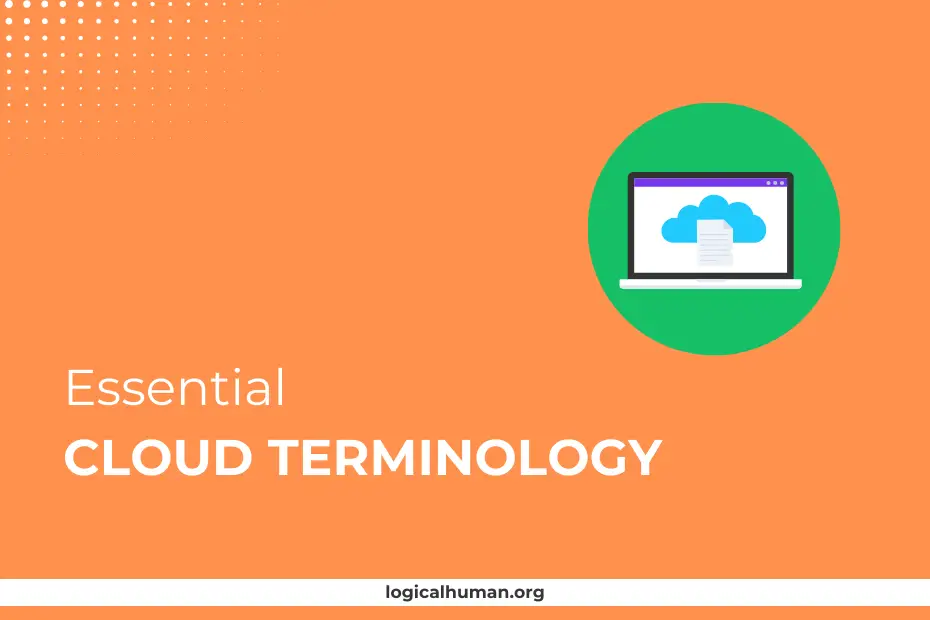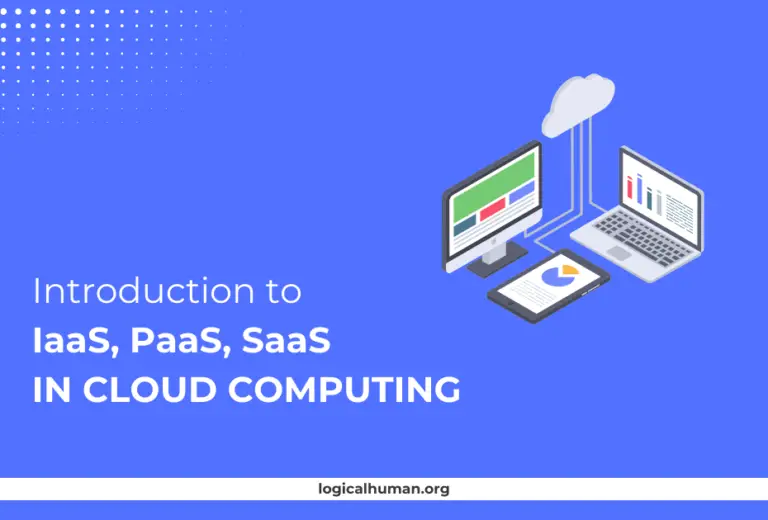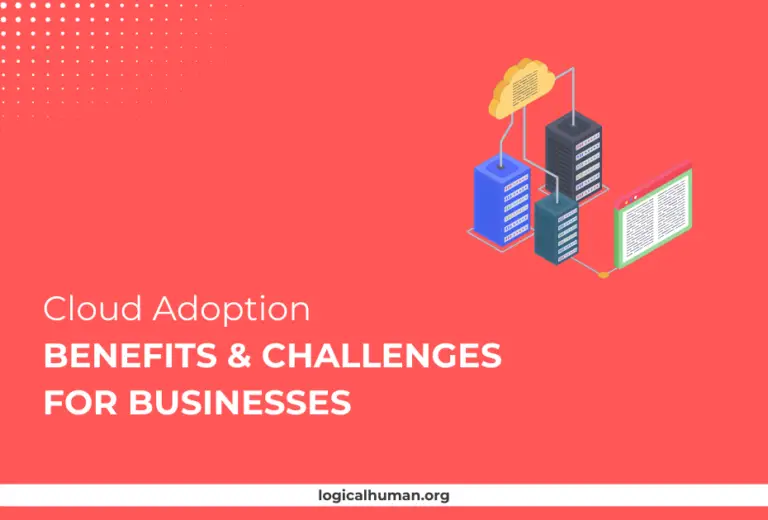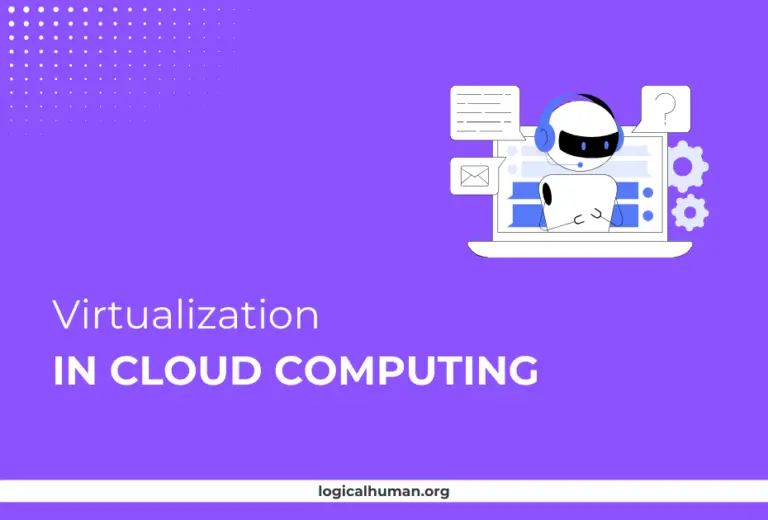Cloud computing has become an essential part of modern business and technology landscapes. From personal use to complex enterprise solutions, understanding the fundamental terms associated with cloud computing is crucial for anyone stepping into the field. Whether you’re looking to leverage cloud services for personal projects or considering a career in technology, getting familiar with cloud terminology is your first step.
Why Cloud Computing is Important
Why is everyone talking about the cloud? In simple terms, cloud computing provides scalable, on-demand computing resources over the internet. It eliminates the need for traditional on-premise IT infrastructure and offers flexibility, cost savings, and ease of access. For businesses, it means faster innovation, reduced costs, and a competitive edge. For individuals, it’s about access to powerful tools and storage without hefty investments.
Understanding Cloud Terminology: A Necessity for Beginners
Diving into cloud computing without understanding its terminology is like trying to navigate a new city without a map. Cloud jargon can be overwhelming, but learning the basics will help you communicate more effectively, make better decisions, and understand the benefits and limitations of different cloud solutions.
Basic Cloud Concepts
What is Cloud Computing?
Cloud computing is the delivery of computing services—servers, storage, databases, networking, software, analytics, and more—over the internet (“the cloud”). This allows users to access and store data and applications on remote servers rather than on their local devices, providing more flexibility and reducing the need for physical hardware.
Difference Between Cloud and Traditional IT Infrastructure
Traditional IT infrastructure involves physical servers and hardware installed and maintained on-site. Cloud infrastructure, on the other hand, is virtual, scalable, and hosted by third-party providers. This means businesses can scale up or down based on their needs without investing in costly hardware.
Types of Cloud Deployment Models
Understanding the different cloud deployment models helps determine the right solution for your needs.
Public Cloud
A public cloud is a shared environment where multiple customers use the same resources, maintained by a third-party provider like Amazon Web Services (AWS) or Microsoft Azure. It’s cost-effective and ideal for businesses with low to moderate security needs.
Private Cloud
A private cloud is a dedicated environment tailored to a single organization. It offers more control and security, making it suitable for businesses with stringent compliance and data privacy requirements.
Hybrid Cloud
A hybrid cloud combines both public and private clouds, allowing data and applications to be shared between them. This setup offers flexibility, scalability, and security, making it a popular choice for many organizations.
Key Cloud Service Models
Cloud services are typically categorized into three primary models, each offering different levels of control, flexibility, and management.
Infrastructure as a Service (IaaS)
IaaS provides virtualized computing resources over the internet. It includes services like virtual machines, storage, and networks, giving businesses control over their infrastructure without managing physical hardware.
Platform as a Service (PaaS)
PaaS offers a platform allowing developers to build, test, and deploy applications without worrying about the underlying infrastructure. It’s like having a workbench with all the tools needed to create a product.
Software as a Service (SaaS)
SaaS delivers software applications over the internet, on a subscription basis. Popular examples include Google Workspace and Microsoft 365, where users access software directly from their browser without installing anything on their devices.
| Feature | IaaS (Infrastructure as a Service) | PaaS (Platform as a Service) | SaaS (Software as a Service) |
|---|---|---|---|
| Definition | Provides virtualized computing resources over the internet. | Offers a platform allowing developers to build and deploy applications. | Delivers software applications over the internet on a subscription basis. |
| User Control | Full control over the infrastructure, including servers, storage, and networking. | Control over applications and data, but not the underlying infrastructure. | Minimal control, mainly over user-specific configurations and settings. |
| Use Cases | Hosting websites, data storage, virtual machines, and network management. | Developing and deploying applications without managing infrastructure. | Using software like email, CRM, and office tools without installation. |
| Examples | Amazon EC2, Microsoft Azure VM, Google Compute Engine. | Google App Engine, Microsoft Azure App Service, Heroku. | Google Workspace, Microsoft 365, Salesforce. |
| Scalability | High scalability, can add/remove resources as needed. | Scalable for application development and deployment. | Scalable based on the number of users and storage needs. |
Crucial Cloud Terminology for Beginners
Virtualization
Virtualization is the technology that enables the creation of virtual instances of resources such as servers, storage devices, and networks. It allows multiple operating systems and applications to run on a single physical server, optimizing resource use.
Cloud Storage
Cloud storage refers to storing data on remote servers accessed from the internet. It’s like having an external hard drive that you can access from anywhere, providing a convenient way to store and back up data.
Cloud Security
Cloud security involves protecting data, applications, and services from cyber threats. It encompasses measures like firewalls, encryption, and identity management to ensure data integrity and confidentiality.
Scalability and Elasticity
Scalability refers to the ability to increase resources to handle an increase in demand, while elasticity means the capability to automatically or manually reduce resources when they are no longer needed. Think of it like a rubber band that stretches or shrinks based on your needs.
Multi-tenancy
Multi-tenancy is an architecture where a single instance of software serves multiple customers (tenants). It’s like having multiple residents (tenants) living in the same apartment building, sharing common resources but keeping their apartments separate.
Cloud Migration
Cloud migration is the process of moving data, applications, or other business elements from on-premises infrastructure to a cloud environment. It’s like packing up and moving to a new, more flexible home.
Advanced Cloud Concepts
Serverless Computing
Serverless computing allows developers to build and run applications without managing the underlying infrastructure. The cloud provider automatically scales and manages resources as needed, so you can focus solely on your code.
Containers and Kubernetes
Containers are lightweight, portable, and self-sufficient environments that include everything needed to run an application. Kubernetes is an open-source platform that automates container management, making it easier to deploy and scale applications.
Microservices Architecture
Microservices architecture involves breaking down a large application into smaller, independent services. Each service performs a specific function and can be developed, deployed, and scaled independently, providing greater flexibility and resilience.
Cloud Cost Management Terms
Pay-as-You-Go
Pay-as-you-go is a billing model where you pay only for the cloud resources you use. It’s like a utility bill—use more, pay more; use less, pay less.
Reserved Instances
Reserved instances allow you to purchase cloud resources at a discounted rate by committing to a one or three-year term. It’s like buying in bulk to get a better deal.
Cost Optimization Strategies
Cost optimization involves techniques like rightsizing resources, eliminating waste, and using tools to monitor and manage cloud costs effectively. It’s about making sure you’re not paying for resources you don’t need.
Cloud Security and Compliance
Shared Responsibility Model
The shared responsibility model outlines the division of security responsibilities between the cloud provider and the user. The provider secures the cloud infrastructure, while the user is responsible for securing their data and applications.
Data Encryption
Data encryption involves converting data into a coded form that only authorized parties can access. It’s like locking your information in a safe that only you have the key to.
Compliance Standards (GDPR, HIPAA)
Compliance standards like GDPR and HIPAA set rules for how organizations must handle personal data and health information. Cloud providers often offer tools and features to help businesses comply with these regulations.
Conclusion
Understanding essential cloud terminology is the foundation for leveraging cloud computing effectively. Whether you’re a beginner or looking to deepen your knowledge, familiarizing yourself with these terms will help you navigate the cloud landscape more confidently. As cloud technology continues to evolve, staying updated on these concepts will empower you to make informed decisions and maximize the benefits of cloud computing.
FAQs
What is the difference between IaaS, PaaS, and SaaS?
IaaS provides virtualized infrastructure, PaaS offers a platform for building applications, and SaaS delivers software over the internet. Each model serves different needs, from complete control over infrastructure (IaaS) to using ready-made applications (SaaS).
Why is cloud computing more cost-effective?
Cloud computing eliminates the need for physical hardware, reduces maintenance costs, and offers pay-as-you-go pricing, allowing businesses to only pay for what they use.
How does cloud security work?
Cloud security involves a combination of tools and practices, such as encryption, identity management, and the shared responsibility model, to protect data and applications from threats.
What are the benefits of cloud migration?
Cloud migration offers benefits like scalability, cost savings, flexibility, and access to advanced tools and services, enabling businesses to innovate faster and improve efficiency.
Can cloud services be customized?
Yes, cloud services are highly customizable. You can choose specific configurations, integrate various services, and scale resources to meet your unique business needs.



